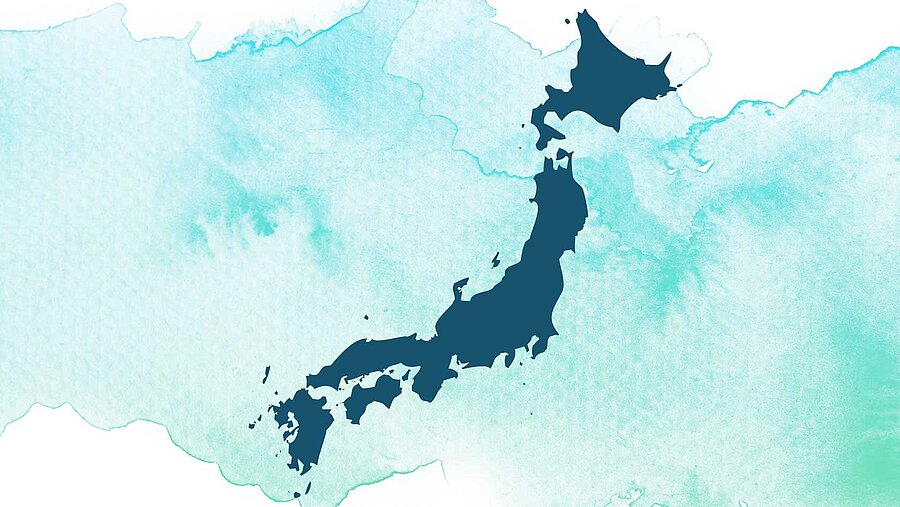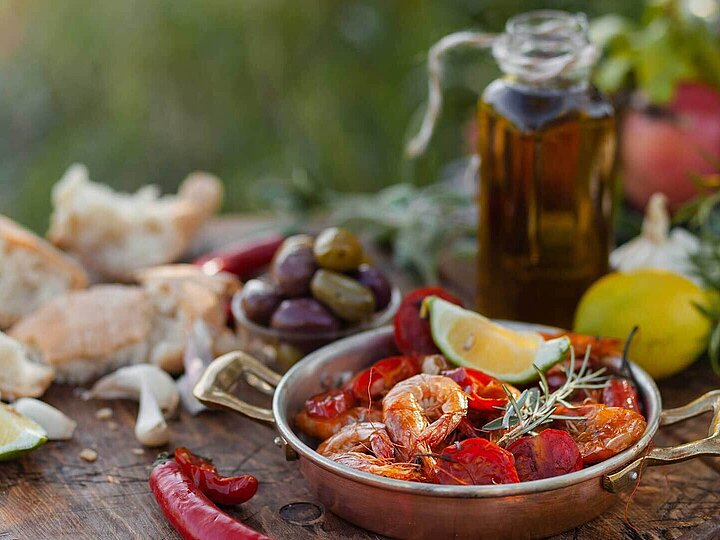Food origin matters
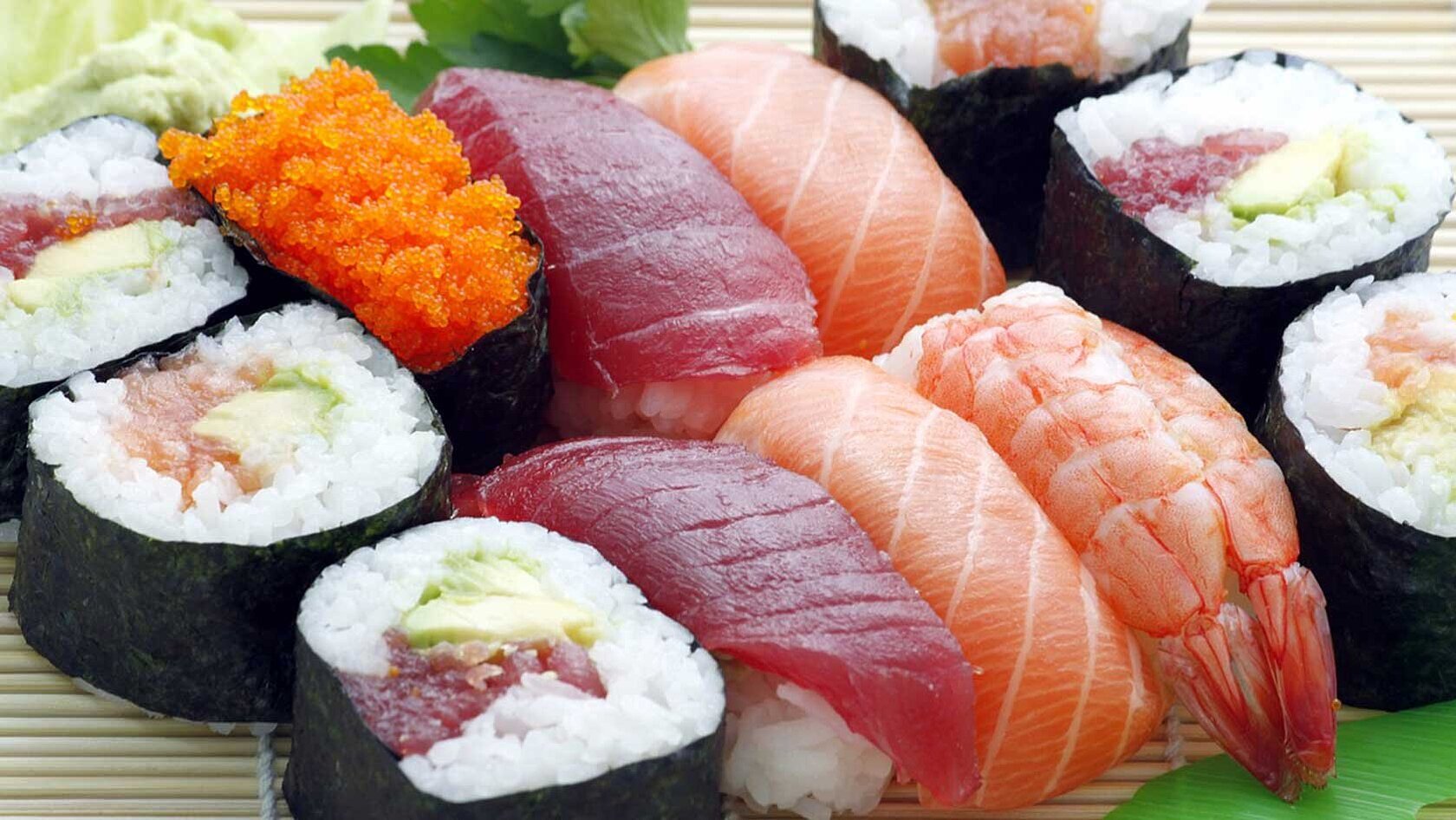
Food labelling as a mark of quality, safety and transparency for Japanese and European consumers.
Japan has one of the lowest levels of food self-sufficiency amongst developed nations. With just 38 % of the country’s calories covered by domestic production, Japan is highly dependent upon imports. Yet despite the imbalance, there is high demand from Japanese consumers for domestically produced food as it is considered safer and higher quality. This means that Japanese food products can be sold for much more and that has led to a recent increase in adulteration and mislabelling.
With the help of isotope ratio mass spectrometry (IRMS), researchers such as Dr. Yaeko Suzuki from the National Agriculture and Food Research Organisation (NARO) in Japan can evaluate the authenticity and geographic origin of products and prevent food fraud. "Food labels are one of the most important sources of information for consumers," Dr. Suzuki says. "As it has become possible to purchase a variety of food imported from all over the world, there is a need to provide correct information to enable consumers to choose whether the food they purchase is made from domestic or imported agricultural products."
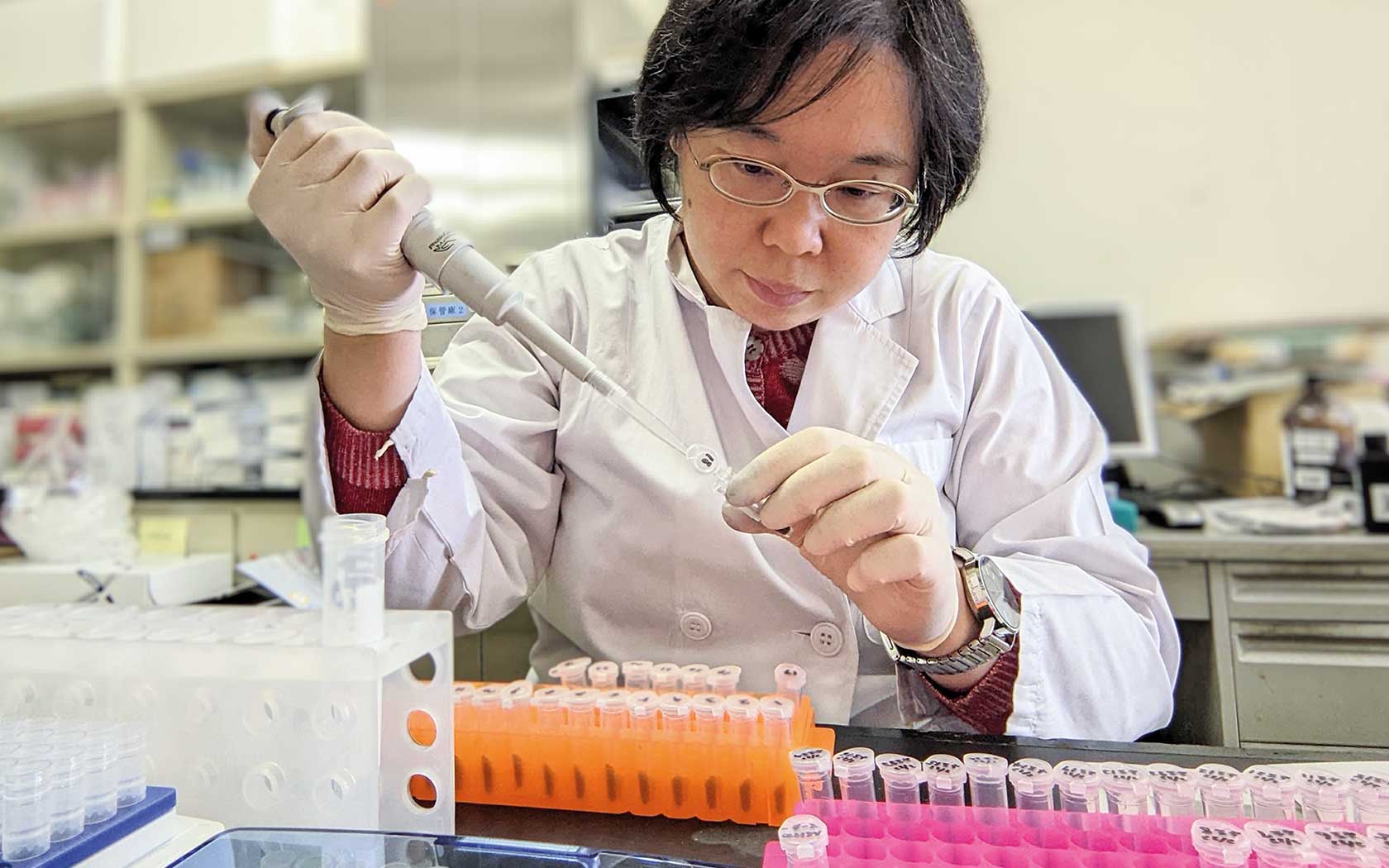
Living up to the highest standards
Japan has some of the strictest food labelling guidelines in the world, with all processed foods made or handled there subject to mandatory country of origin labelling. However, as many products are made up of a wide variety of different ingredients, determining where everything comes from and making the corresponding disclosure on labels can be a major challenge. Japanese law states that the origin of the most predominant ingredient by weight must be on the label. Even though it’s not strictly necessary to list the origin of further ingredients, food manufacturers are strongly encouraged to disclose these as well. For specialists such as Dr. Suzuki, who analyze food products, finding out where certain ingredients come from is no easy task.
"To trace the geographical origin of wheat flour used in bread, we examined the stable carbon, nitrogen and oxygen isotope ratios of wheat flour proteins. The isotope ratios of the glutenin fractions correlated positively with those of wheat flour," she explains. "We then determined the carbon, nitrogen and oxygen isotope ratios of the wheat glutenin fractions from bread samples made of wheat flour from Canada, the USA and Japan and found that carbon and nitrogen ratios of the wheat glutenin fractions in bread made from Japanese wheat flour were lower than those of the other samples. Our results suggested that stable isotope analysis of wheat glutenin fractions is a potentially useful tool for tracing the geographical origin of wheat flour in bread."
The issue with processed foods is that in addition to the main ingredients, there are other elements that influence the mix, such as seasonings and cooking methods. Thankfully however, stable isotope ratios are not easily affected by processes and additives, but with heavily processed foods with multiple ingredients, isotopic ratios can reflect values for all constituent elements. That’s why specialists such as Dr. Suzuki and her team use pre-treatment methods to extract ingredients from raw materials to ensure more accurate results.
Consumers care where their food comes from
In a recent study* looking at consumer preferences, 71 % of respondents consider the origin of food as important, with nearly two-thirds considering it very important. New European Union rules introduced in 2020 stipulate that food manufacturers must label food with the country of origin or place of provenance for primary ingredients. In addition to providing consumers with additional transparency, origin labelling is also a way to create value.
Where food comes from is often associated with a specific nation or area’s culinary know-how and climatic identity, which influences the character of a product and its associations for consumers. A French filet mignon steak is not the same as a cut of Japanese Wagyu beef and these differences can be celebrated with origin labelling.
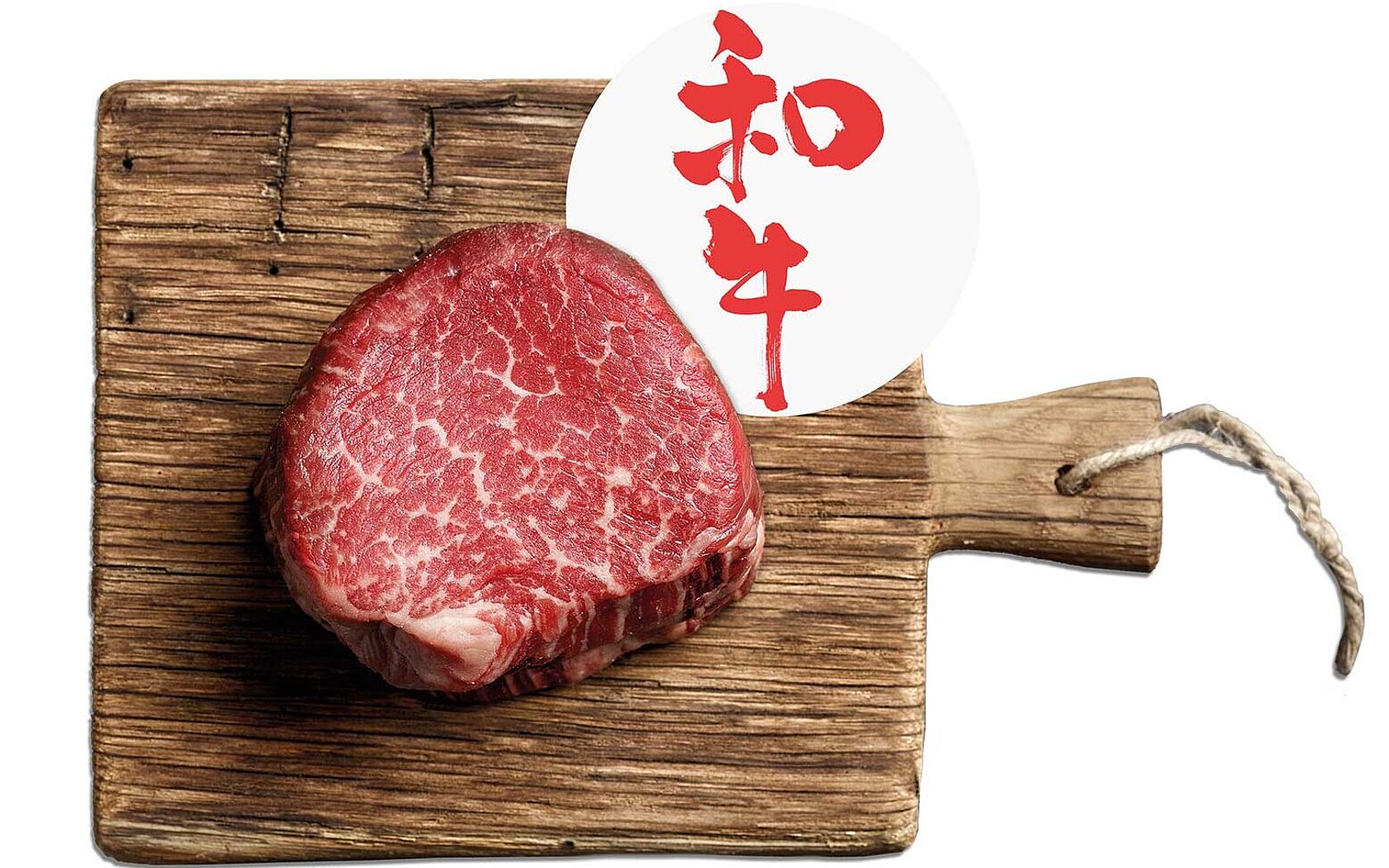
In Europe, so-called Protected Designation of Origin(PDO) certification applies to agricultural products and foods produced, processed and prepared in a specific geographical area using recognized methods. In Japan, there is a GI (Geographical Indication) Mark, designed to protect regional brands which have unique ways of production and distinctive natural characteristics such as climate and soil conditions. As products with both certifications often command higher prices, it can be tempting for unscrupulous businesses and individuals to try and pass off inauthentic foods as the real thing. This is where IRMS can make a substantial contribution by authenticating and promoting the hard work of dedicated craftspeople.
*N. Knežević, S. Grbavac & M. Palfi ‘Country of Origin - The Importance for Consumers’ European Food and Feed Law Review Vol. 14, No. 6 (2019).
Power to the particles
What food is made of and where it comes from is important not just for consumers, but for the food industry and researchers as well. That’s why reliable results are paramount. "The combination of elemental analysis with isotope ratio mass spectrometry (EA-IRMS) is a powerful tool for food authenticity and origin determination," Dr. Suzuki says. "The oxygen isotope ratio helps determine the origin of food products because it contains geographical information. However, a lack of reliable techniques for oxygen isotope ratio measurement is a problem. When measuring oxygen isotope ratios, organic materials are pyrolyzed at high temperatures to convert oxygen (O) to carbon monoxide (CO) gas and oxygen isotope ratios are then measured by IRMS. Almost all biological samples contain nitrogen. This is converted to nitrogen gas (N2) during pyrolysis. Since N2 gas has an m/z of 28 and CO gas also has an m/z of 28, careful separation is required. If the N2 and CO peaks are not well separated, the oxygen isotope ratio of CO will change a lot."
To overcome these challenges Dr. Suzuki uses our equipment. "I chose IsoPrime100 (predecessor to the isoprime precisION), interfaced with the vario PYRO cube®, where the chromatographic separation of N2 and CO peaks is excellent because of the Elementar CO purge & trap column. This system is very useful in validating our work."
Measurement that makes an impact
Even more important than the authenticity and the origin of food is the food safety for consumers. Food adulteration can have an impact on the health of consumers, which has been well documented in recent scandals surrounding melamine contamination of powdered milk in China and methanol contamination of alcohol in the Czech Republic and India. When these things happen, consumers pay much attention to where their food comes from and demand higher quality and more transparency. This is what IRMS offers and as long as there are incidents around the world where food and agricultural products are adulterated and mislabelled, there will always be a need for food analytics and technology.
Do not miss any news articles
NEWSLETTER
We will constantly publish new blog articles. Register for our newsletter to stay up-to-date and get informed about latest blog articles, news and trends.

